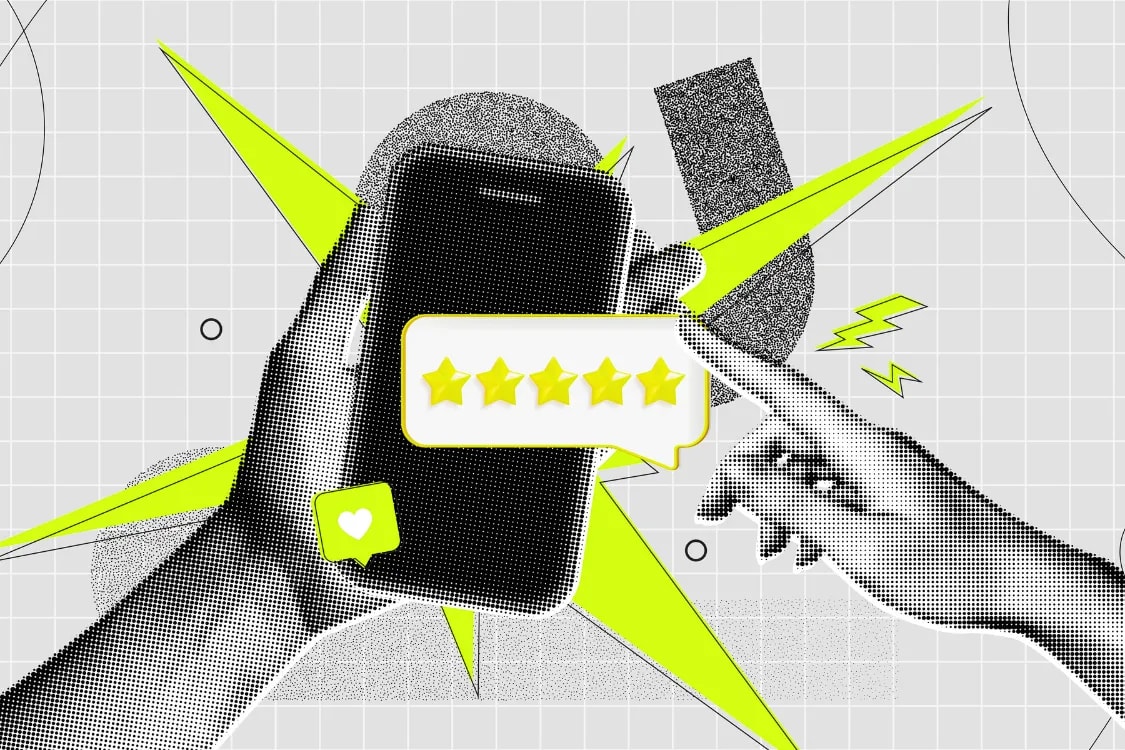
Content marketing is no longer a nice-to-have for event teams—it’s your growth engine. Research shows a strong majority of marketers credit content with driving awareness, demand, and audience nurturing, with budgets holding steady for high-impact formats like video and thought leadership. The message is clear: treat content as a full-funnel program that builds early buzz, nurtures interest, and converts the right people at the right time.
In this guide, we’ll share a practical playbook for content marketing for events—from audience insight and creative development to distribution, measurement, and optimization—so you can consistently attract, engage, and convert attendees.
Data note: For deeper reading on the state of content marketing and creative performance, see the latest research from the Content Marketing Institute and Google’s video effectiveness principles.
• B2B Content Marketing: 2025 Benchmarks, Budgets, and Trends (CMI)
• Viewer attention and ABCDs for effective video creative (Think with Google)
Every standout event content plan starts with clarity on who you’re trying to reach—and what they need from you. Audience understanding guides everything from your editorial calendar to your social mix and call-to-actions. Platform use also varies by age and role: younger audiences over-index on TikTok and Instagram, while adults 30–49 lean into LinkedIn and WhatsApp, and YouTube cuts across most cohorts. Translate those patterns into a clear segmentation strategy.
How to identify and segment your audience
Mine your first-party data: past registrations, session check-ins, content downloads, email engagement, and on-site surveys.
Run quick audience surveys to capture jobs-to-be-done (why they attend), obstacles (budget, travel), and content preferences (topics, formats).
Use social and community insights: which posts spark comments, saves, and shares? What questions surface repeatedly in DMs or forums?
The Loopyah Content Team shares expert insights, practical guides, and industry updates to help event organizers create unforgettable experiences and stay ahead in the event planning world.
marketing
Build a TAM-by-platform view: estimate your total addressable audience per channel (YouTube, Instagram, LinkedIn, TikTok) and map content styles accordingly.
Turn insights into actionable personas
Draft 3–6 personas tied to roles and outcomes (e.g., “The Career Accelerator,” “The Deal Maker,” “The Trend Seeker”).
Map their content journey: awareness (social clips), consideration (speaker spotlights, agenda previews), conversion (proof of ROI, discount deadlines).
Define preferred formats and channels per persona; refresh quarterly as interests shift.
Your content mix should both spark interest and move people closer to registering. Think “hub-and-spoke”: pillar pieces that anchor SEO and email, supported by snackable social video and creator-led clips that expand reach.
Formats that consistently perform for event marketing
Blog posts and guides: pillar SEO pieces (agenda breakdowns, travel guides, “why attend” ROI explainers).
Short-form video: speaker teases, behind-the-scenes prep, attendee testimonials, day-in-the-life at the venue.
Infographics and carousels: fast facts, agenda tracks, who’s attending, key deadlines.
Podcasts and livestreams: AMAs with speakers, partner spotlights, post-event debriefs.
Social posts and stories: countdowns, UGC prompts, creator collabs, last-chance reminders.
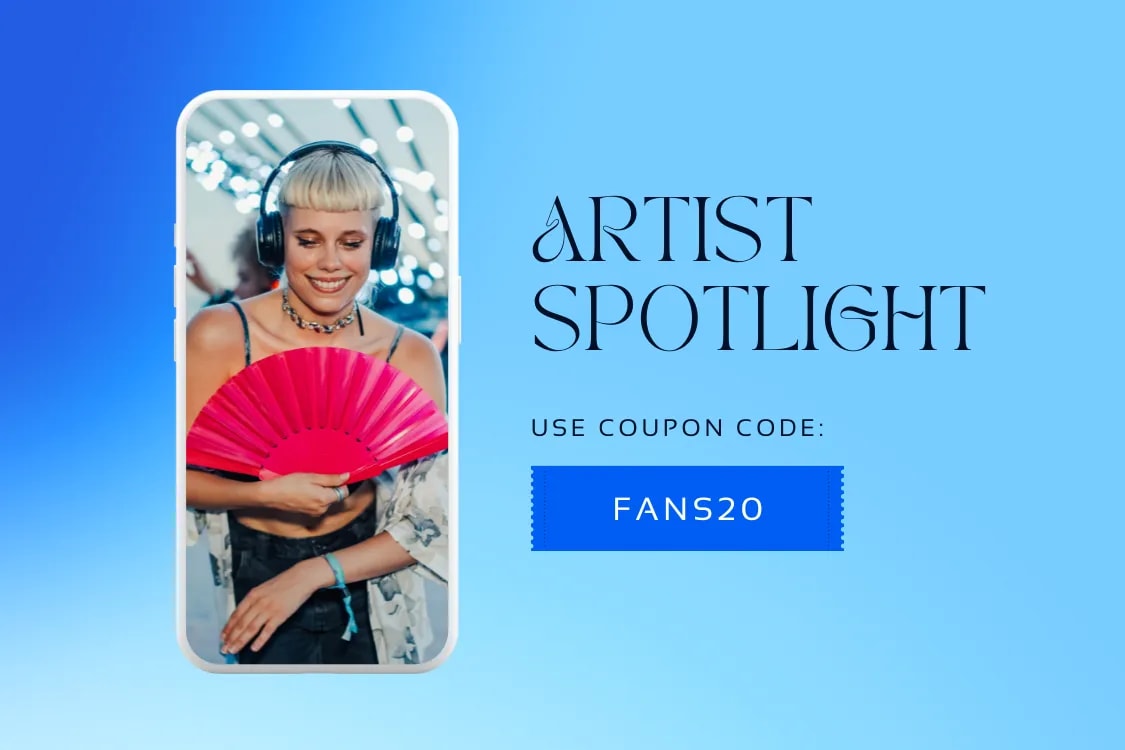
Make video your lead format. YouTube’s ABCDs—Attention, Branding, Connection, Direction—consistently lift both short-term action and long-term brand favorability. That means opening strong, branding early, telling a human story, and giving a clear next step.
Learn more about the ABCD framework from Google’s research here.
Creative tips that raise engagement
Lead with the moment: open with a surprising stat, a face-to-camera hook from a speaker, or a visceral cut from last year’s highlight reel.
Sequence your story: teaser → reveal → proof (testimonial/data) → offer (deadline/bonus). Test 6–10s hooks per persona.
Localize variants: one creative can yield multiple cuts—student discount version, VIP upgrade version, partner track version.
Pair short with depth: a 15s Reel should link to a full agenda preview, a speaker Q&A, or a blog that answers “Is this worth it for me?”
Great content needs great distribution. Think in multi-channel moments: save-the-date, launch, momentum, last-chance, on-site daily recaps, and post-event highlights. Email is your conversion backbone, social fuels reach, and your event site is home base.
Where to distribute—and how to optimize
Email marketing: segment by role, industry, and behavior. Use dynamic blocks for agenda tracks or location-specific perks. Keep CTAs singular and measurable. If you need a turnkey way to reach registrants and no-shows, explore our email attendee solution.
Social media: match format to cohort—Shorts/Reels for student/Gen Z, LinkedIn carousels and thought leadership for B2B mid-career, YouTube for replays and long-form interviews.
Event website: build a content hub with agenda previews, FAQs, hotel/travel info, and embedded videos. Keep registration CTAs visible across all pages.
Online communities: industry Slack/Discord groups, Reddit, and niche forums. Lead with value—answer questions, share templates—and let interest pull people to your funnel.
Use an editorial calendar to plan the runway
12–16 weeks out: publish your pillar “why attend” guide and first speaker announcements. Launch paid social tests.
8–10 weeks: roll out track spotlights, host a live AMA with speakers, and start weekly email sequences.
4–6 weeks: publish attendee ROI stories and partner highlights; ramp retargeting and last-chance bundles.
During event: daily recaps, short-form highlights, live polls, and UGC prompts; capture content for the post-event hub.
Post-event: publish sessions-on-demand, best-of reels, and “what we learned” posts that nurture next-year interest.
Want more ideas to spark reach? Explore our roundup of creative event promotion ideas to build momentum across channels.
Measurement turns content from “activity” into pipeline. Define what success looks like at each stage and instrument your stack so you can double down on what works.
Key metrics to track
Awareness: reach, views, impressions; video watch time; new users to your site’s event hub.
Engagement: engagement rate (GA4), scroll depth, saves/shares/comments, session duration on pillar posts.
Conversion: registrations, adds-to-calendar, ticket purchases, email sign-ups, discount code redemptions.
Tools and workflow tips
Set GA4 key events and conversions for registration and purchase steps; track traffic sources by content theme.
Use native analytics (YouTube Studio, LinkedIn Campaign Manager, TikTok Analytics) to compare hooks, thumbnails, and retention curves.
Centralize dashboards weekly: tag assets by persona, theme, and CTA so you can see which narratives convert which audiences.
Align metrics to intent—awareness (reach/views), consideration (engagement/time), conversion (registrations/purchases)—and instrument from day one.
Large-scale events and brands are increasingly designing “content-first” experiences that thrive on-site and explode online. At SXSW, activations by brands like Sharpie/Paper Mate, Porsche, Aveeno, FX, and Paramount+ built interactive, creator-friendly moments that audiences wanted to film and share. The result: long queues on the ground and millions of impressions across social.
B2B brands are adopting similar tactics. Pop-ups and in-person demos—think a themed café where attendees test AI tools or a hands-on lab for integrations—create clarity and trust. Anthropic’s “Claude Café,” for example, combined product education with a photogenic experience, translating in-person buzz into high-performing digital content.
What these winners have in common
They design for cameras: vibrant sets, clear signage, and interactive beats that naturally produce short-form videos.
They use creator tie-ins: brief creators with story arcs and CTAs so content aligns with registration goals.
They sequence content: teaser drops → live coverage → post-event recaps and downloadable guides to extend momentum.
If you’re planning immersive moments, don’t forget digital follow-through. Curate a post-event hub with on-demand sessions and best-of reels. For inspiration on audience engagement that translates well to content, check out our ideas for event activations that wow.
Even seasoned teams hit speed bumps. Here are the most common—and how to steer around them.
Lack of a clear strategy: Without a documented content plan, you’ll ship random acts of marketing. Fix it with a simple one-pager: audience, goals, core messages, channels, calendar, and KPIs.
Not understanding the audience: Content falls flat when it talks features, not outcomes. Anchor every asset in a persona’s job-to-be-done and the outcome your event enables.
Irrelevant or low-quality content: Quality beats quantity. Reuse winners across formats and kill low performers quickly.
Failure to measure: If you can’t see it, you can’t scale it. Instrument GA4 events, use UTM discipline, and create a weekly dashboard review ritual.
Finally, respect the budget reality. With marketing spend flat in many orgs, the teams who win operationalize “content as a product”: ship small, test systematically, then scale the stories that move registrations.
Content marketing for events works best when it’s built for the full journey: attract with scroll-stopping stories, engage with useful and human-centered narratives, and convert with clear value and timely CTAs. Start with audience clarity, lead with video, sequence your calendar, and measure relentlessly.
If you’re ready to turn your next event into a content-powered growth engine, use the strategies above—and arm your team with tools that make planning, promotion, and attendee communications easier.
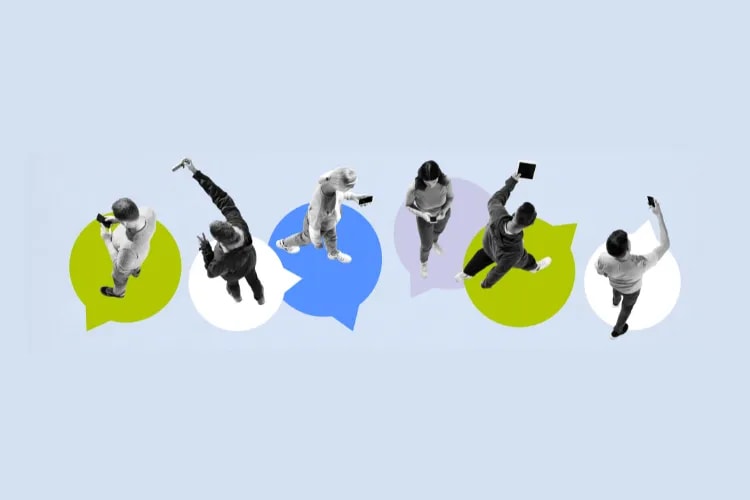
marketing

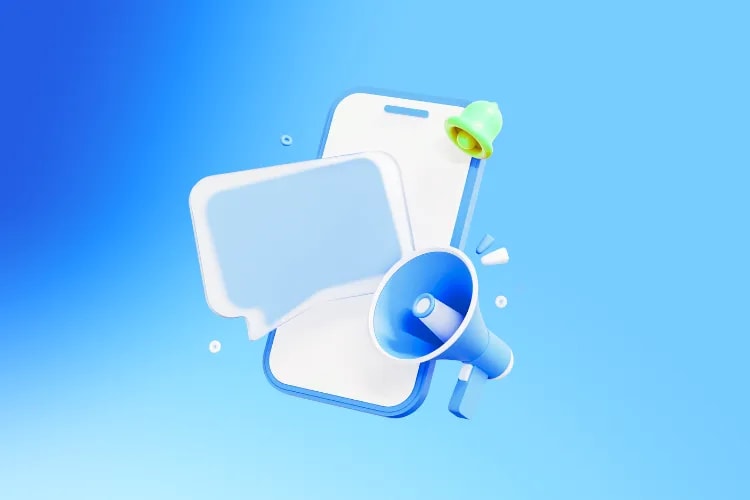


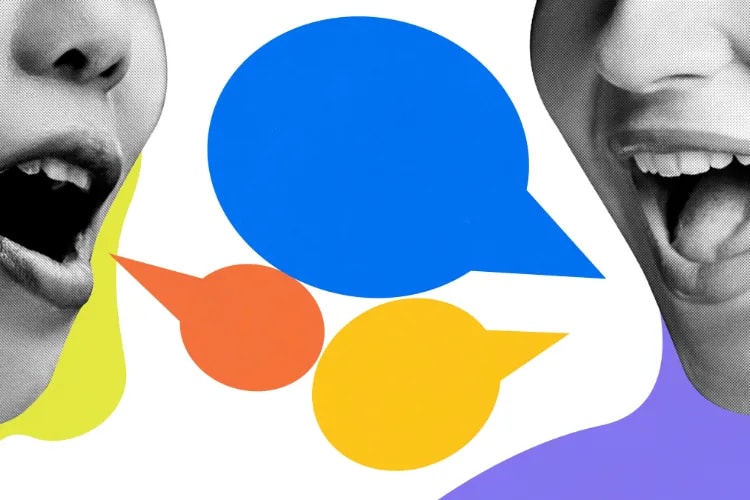
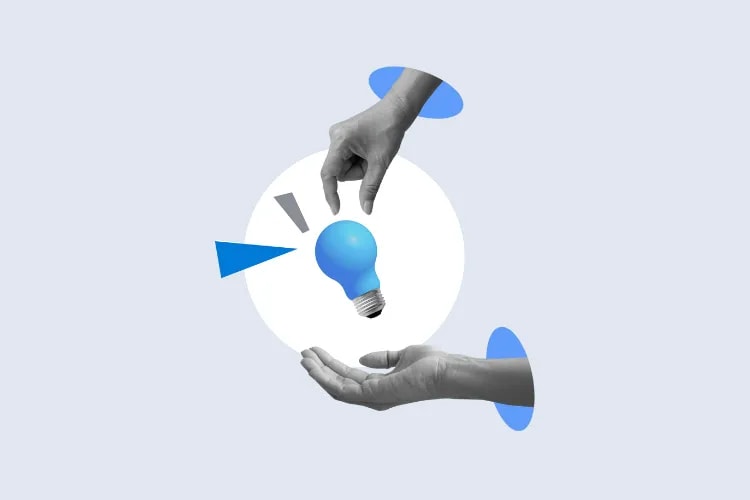
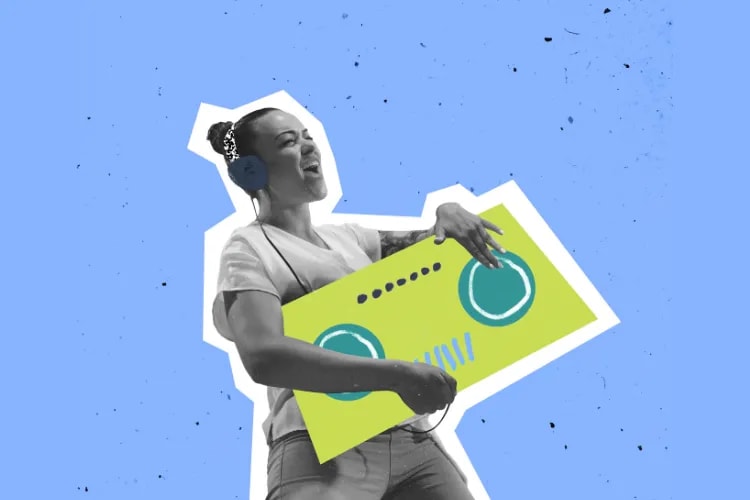

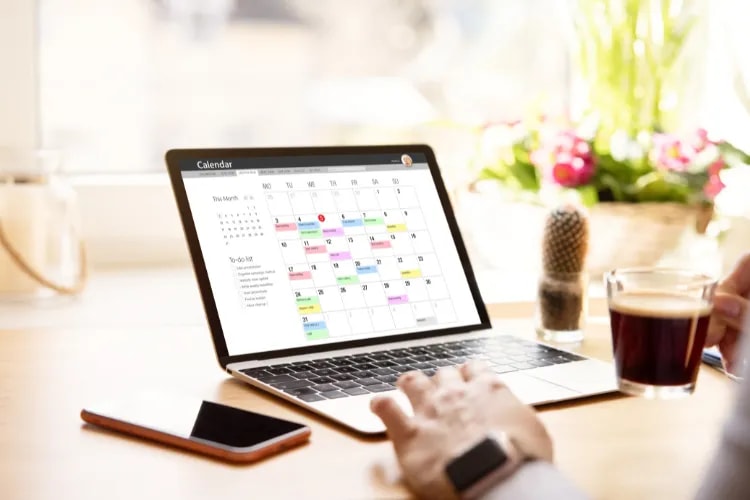
marketing
planning
marketing
marketing
marketing
marketing
planning
marketing
planning